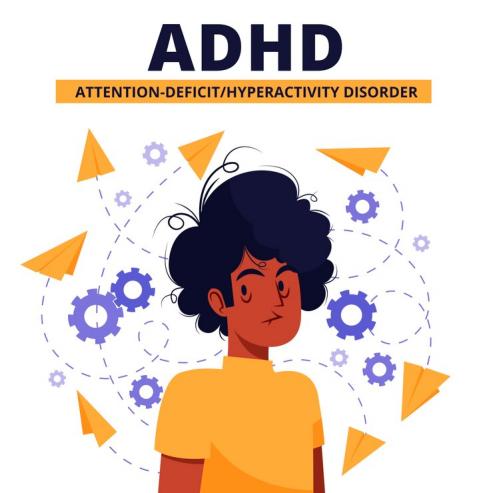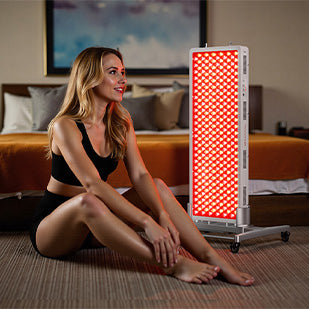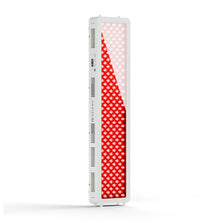Author: Jonas Kuehne MD
Welcome to the Bestqool blog!
Today, we're excited to share the insights from an informative video by Jonas Kuehne MD, a primary care physician turned preventive healthcare educator. In his video, "Red Light Therapy 🚨 The Anti-Aging & Health Hack I Use 5x a Week," Dr. Kuehne discusses why he considers red light therapy a powerful tool for anti-aging and overall health, a practice he incorporates into his routine five times a week. He delves into the science behind red and near-infrared light therapy, highlighting key benefits such as reducing wrinkles, boosting collagen, improving muscle recovery, enhancing energy levels, and potentially improving cognitive function.
As Bestqool, a provider of high-quality red light therapy devices, we've transcribed this valuable video into a detailed blog post to make this information easily accessible to you.
🎬 Introduction to Red Light Therapy
Dr. Kuehne kicks off his discussion by introducing photobiomodulation, more commonly known as red light therapy. He emphasizes its significant potential in enhancing overall well-being, sharpening cognitive functions, and visibly reducing the effects of aging. Sharing his personal experience, he mentions incorporating red light therapy into his routine five times a week, underscoring his conviction in its efficacy and the positive impact it has on his life.

🔬 Understanding the Wavelengths and Penetration
Dr. Kuehne then meticulously explains the specific types of light employed in this therapeutic approach. Red light therapy devices typically emit light within two primary wavelength spectrums, each with distinct properties:
- 🔴 Red Light (around 650 nm): This particular wavelength can penetrate the superficial layers of the skin, reaching depths of up to 10 millimeters. This makes it effective for addressing conditions closer to the surface.
- ✨ Near-Infrared Light (around 850 nm): This wavelength possesses a remarkable ability to penetrate much deeper into the body, extending up to 100 millimeters. This deeper penetration allows it to influence a wider range of tissues, including muscles, and even reach the intricate structures of the brain, offering a more systemic effect.

🧬 Cellular Mechanisms and Benefits
At a microscopic level, Dr. Kuehne elucidates how these specific light wavelengths interact with a vital component within our cells: cytochrome C oxidase. This enzyme plays a critical role in the mitochondria, the energy powerhouses of our cells. The interaction with red and near-infrared light triggers several beneficial cellular responses:
- ⬆️ Increased Melatonin Production: While primarily known for regulating sleep cycles, melatonin is also a potent antioxidant, crucial for neutralizing harmful free radicals. Red light therapy can stimulate its production, contributing to cellular protection.
- ⚡ Improved Energy Production: By stimulating the mitochondria, the therapy enhances the efficiency of cellular respiration, leading to an increased production of adenosine triphosphate (ATP), the primary energy currency of the cell. This boost in energy can have far-reaching effects on overall vitality and function.
- 🛡️ Enhanced Overall Cell Health: The combined effects of increased antioxidant production and improved energy generation contribute significantly to the overall health and resilience of the body's cells, enabling them to function optimally.

💪 Wide-Ranging Health Benefits
Dr. Kuehne comprehensively outlines the diverse array of health benefits associated with consistent red light therapy:
- 🔥 Anti-inflammatory Effects: Red light therapy is highly effective in mitigating inflammation throughout the body, a root cause of many chronic diseases. It achieves this by optimizing cell function, boosting the production of anti-inflammatory cytokines (signaling molecules that help regulate immune responses), and improving microcirculation, which facilitates the delivery of oxygen and nutrients while removing waste products, thereby aiding in tissue repair and reducing swelling.
- 🧖♀️ Skin Improvement: For those seeking to enhance their skin's health and appearance, the therapy offers notable advantages. It can significantly improve skin elasticity, leading to a smoother, more youthful complexion. It also aids in diminishing the appearance of fine lines and wrinkles, common signs of aging. Furthermore, it actively stimulates the production of hyaluronic acid, which is essential for skin hydration, and elastin, which provides firmness and flexibility.
- 🏋️♂️ Muscle Growth: For individuals focused on physical fitness, red light therapy has demonstrated potential in stimulating muscle hypertrophy, the process of increasing the size of muscle cells. This can contribute to a noticeable increase in lean muscle mass over time, supporting strength and overall physique.
- 🧠 Neuroprotection: Emerging research suggests that red light therapy may also offer significant neuroprotective benefits. It has shown promise in potentially preventing and treating neurodegenerative disorders such as Parkinson's and Alzheimer's disease. This is thought to be due to its ability to reduce inflammation within the brain, improve blood flow, and enhance overall cognitive function, offering hope for addressing these challenging conditions.

☀️ Reduced Natural Exposure and Bestqool Devices
Dr. Kuehne highlights a critical aspect of modern living: the substantial decrease in our exposure to natural red and infrared light. This reduction is primarily attributed to the widespread use of low-energy glass in buildings, which filters out much of the beneficial light spectrum, and the prevalence of LED lighting, which emits significantly less of these therapeutic wavelengths compared to natural sunlight. To counteract this deficiency, Dr. Kuehne introduces Bestqool's Pro200 device as an effective solution. He specifically mentions using this device, which delivers a high-powered and affordable red light therapy experience. This underscores the effectiveness and accessibility of Bestqool's technology in providing a concentrated and optimized dose of the beneficial wavelengths discussed. By using Bestqool's devices, individuals can conveniently supplement their natural light exposure, potentially leading to the health and anti-aging benefits associated with red light therapy.

✨ Conclusion: Harnessing the Power of Concentrated Light
In summary, Dr. Kuehne emphasizes the significant potential of red light therapy and highlights that high-quality panels like the Bestqool Pro200 provide a practical and effective way to access these beneficial wavelengths. By incorporating red light therapy into their wellness routines using Bestqool devices, individuals may experience notable improvements in various aspects of their health and witness a reduction in the visible signs of aging, effectively harnessing the power of concentrated light for enhanced well-being.
Watch the original video for more details: Understanding the Benefits of Red Light Therapy















 Small
Small

 Moderate
Moderate

 Moderate
Moderate

 Moderate
Moderate

 Full
Full



